How comfortable you sleep in a tent will depend on its characteristics, such as vestibules for storing stuff, floor area, and headroom. It will also depend on the kind of weather you anticipate for a campout.
A hiker looking for a mesh tent, like the Mountain Hardwear Mineral King 3, may prefer a lighter option with more ventilation. With a strong emphasis on sustainability, the brand uses Bluesign and recycled textiles and donates to environmental charities.
Dome Tents
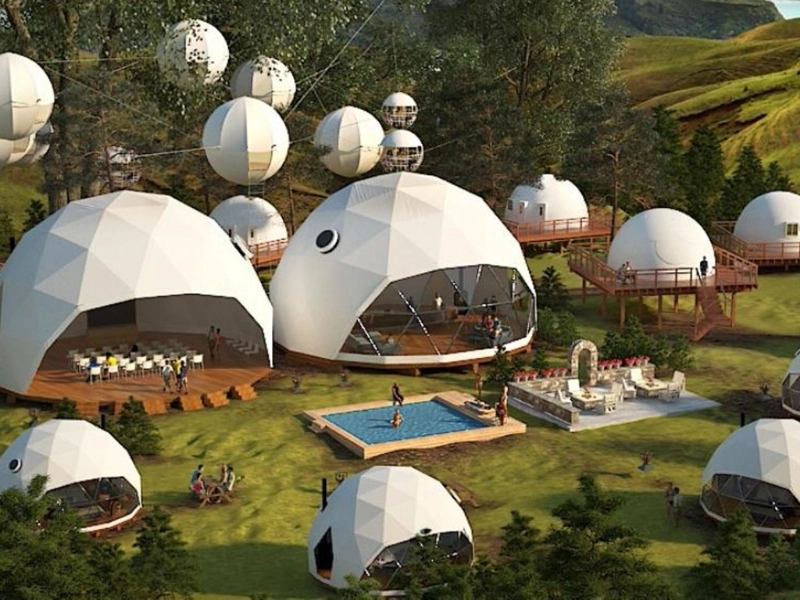
Dome tents, which are perhaps the most popular kind available, have free-standing, interlocking pole systems that allow them to stand without the need for pegs and tolerate moderate wind and rain. They are also quite simple to put up, and their sizes range from one person to a family of six.
Because of their small size and ease of carrying on your back, they are ideal for travellers. The drawback is that as they grow larger, they lose stability and become more vulnerable to being flattened by powerful winds.
The sloping walls, particularly in the vicinity of the edges, may also result in restricted headroom. Other tent designs, like cabin tents, that have more vertical walls may be a better fit for you if freedom of movement and a large living area are important to you. One such product is the Wawona 6 from The North Face. It provides plenty of room for sleeping, storing gear, and stargazing, and it can accommodate up to six people.
Tents with cylinders
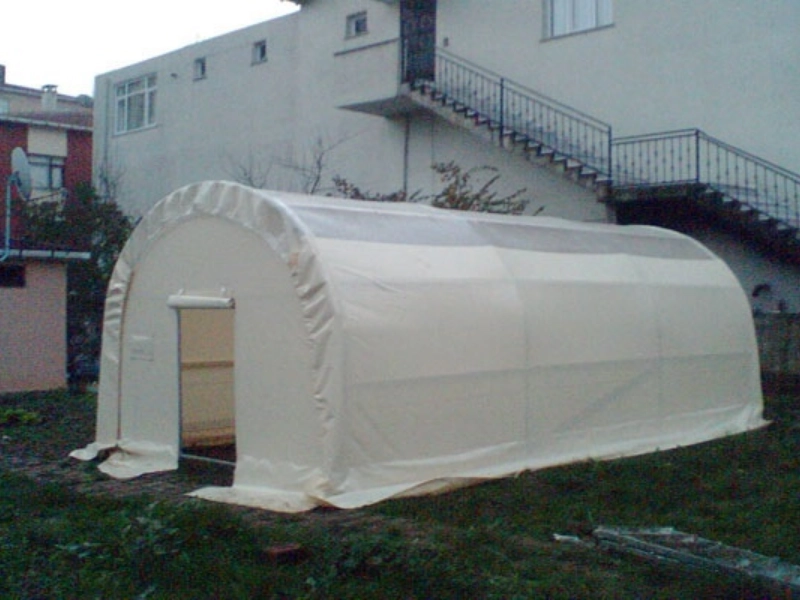
These tents, which are distinguished by their steep walls, provide ample headroom and living space. They also offer decent ventilation during storms and effectively shed snow.
Long-distance hikers and alpinists love them. They are composed of lightweight textiles and have minimal drag. They are an excellent option for vehicle or backpack camping.
Red Indians and other indigenous peoples have historically lived in cone-shaped tents known as teepees or tee-pee tents, often known as igloos. Although it takes a lot of time to set up, it is incredibly roomy and provides a comfy place to sleep.
The performance of a tent in the wind is greatly influenced by its design. Some tent designs, including the pyramid or triangulated designs, are well known for their exceptional wind resistance. Another traditional design that works incredibly well in the wind is the ridge tent. Less distortion results from its small surfaces and steep sides. Additionally, it is quite robust, especially around seams. A ridge tent is perfect for camping in the woods or mountaineering because of these features.
Tents that inflate
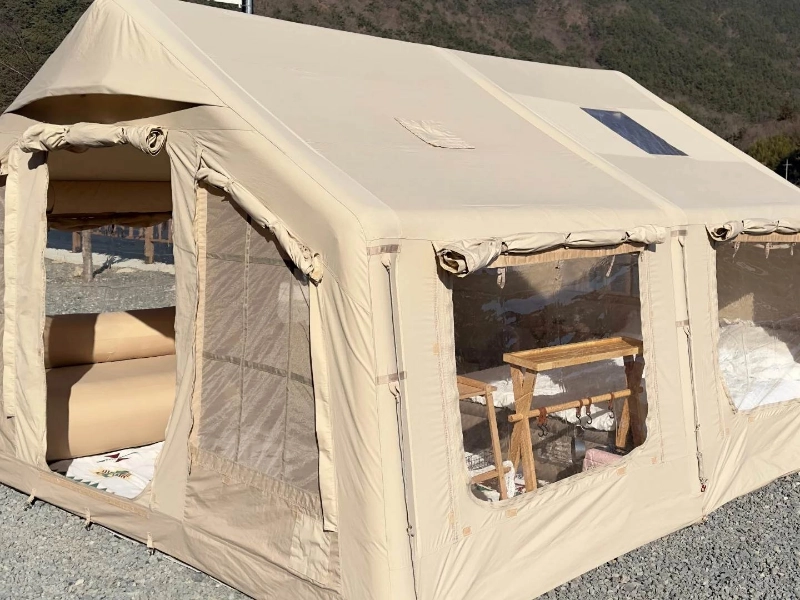
Having various entrances and an open-plan design, inflatable tents are perfect for accommodating a small number of campers at a time. They're also a fantastic choice for gatherings of friends and family who want to spend some time outdoors because of their many features.
An inflatable tent resembles a large, bouncy castle when it is inflated. Because they expand in warmer weather, air tubes, which support the structure, need to be constantly checked for pressure problems. Fortunately, pressure-releasing valves are built into most modern systems, allowing them to restore the tube to ideal pressure when the weather cools down.
The majority of camping experts concur that although they are a creative substitute with many enticing advantages, they are not as sturdy as conventional pole tents and are not appropriate for cold conditions. Additionally, they might be challenging to set up in windy or gusty situations because they are a little more complex.
Quick Tents
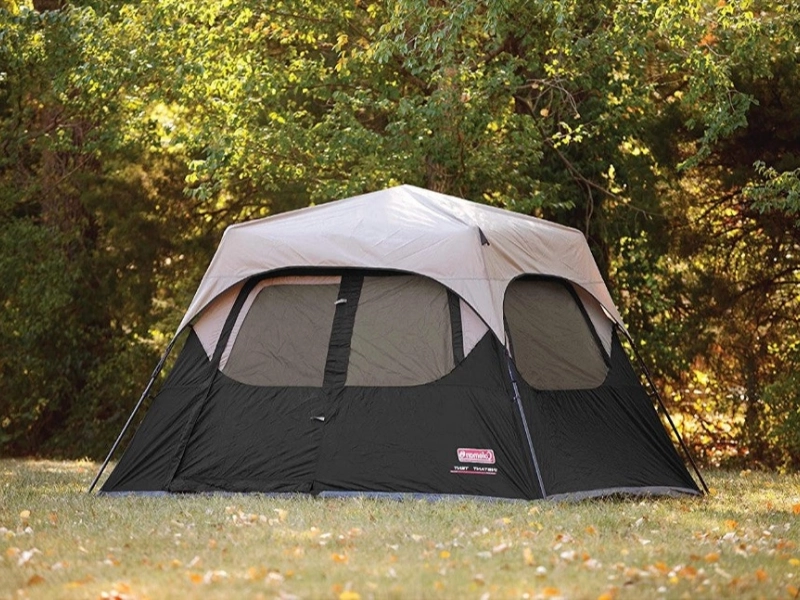
These tents have pre-assembled frames that, when released, actually "pop" into shape; the setup procedure is akin to that of deploying umbrellas. Because they provide a quick and easy camping experience, these kinds of tents are popular among novice campers.
They are an excellent option for hiking excursions or situations where space is at a premium because they are generally lighter than standard tents. When evaluating any tent model, it's crucial to evaluate packed-down weights and durability.
In contrast to double-walled tents, which feature an inner tent plus a rainfly, instant tents are frequently referred to as "single-walled," meaning they contain a single layer that combines breathable and waterproof qualities. This may result in less ventilation during the summer, which could cause condensation to form and campers to get sweaty. Seek out tents with lots of ventilation to help you with this. This includes openings that let in natural light and encourage appropriate humidity levels, such as windows, doors, and mesh screens.
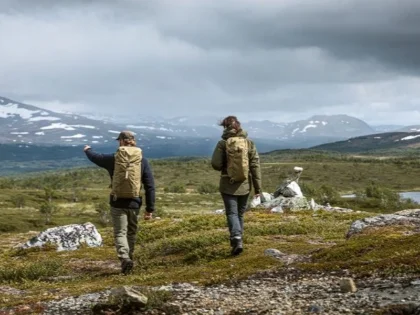
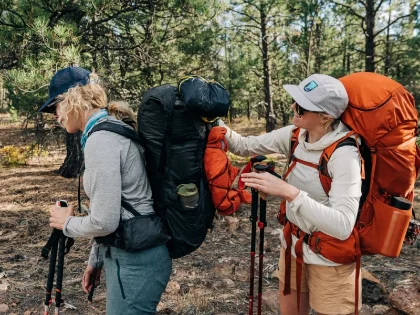
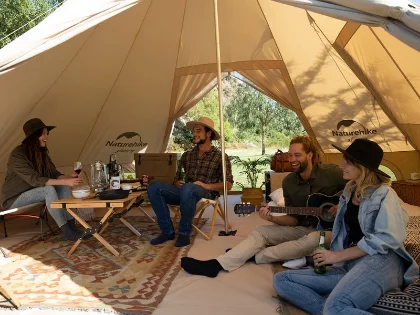
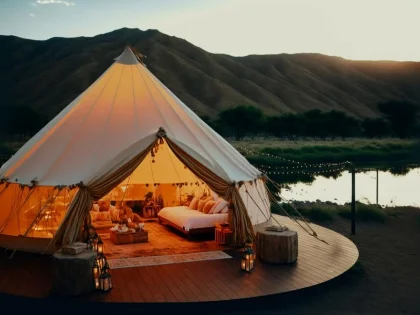
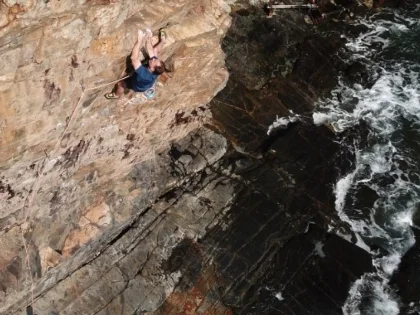
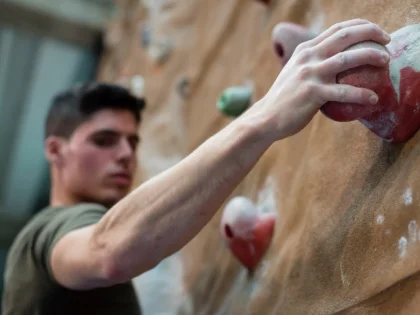
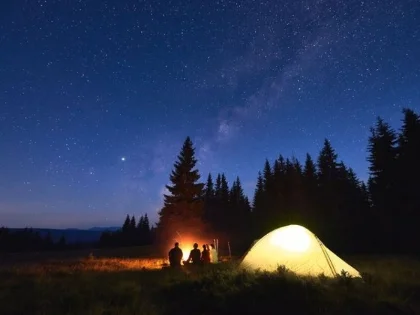

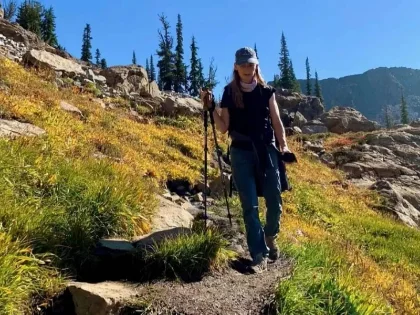
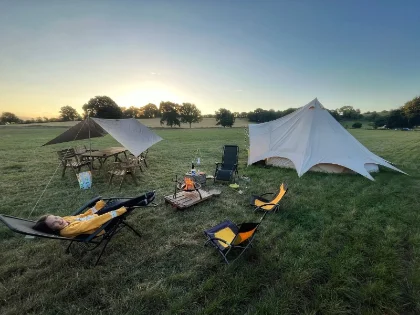

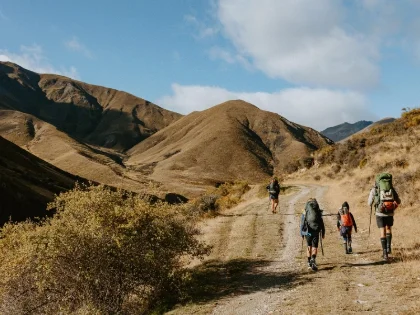


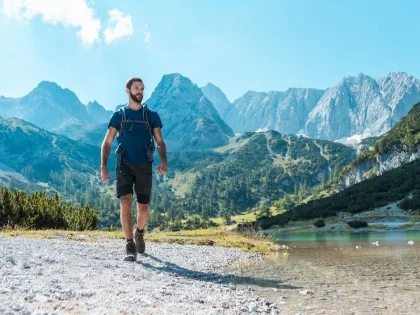
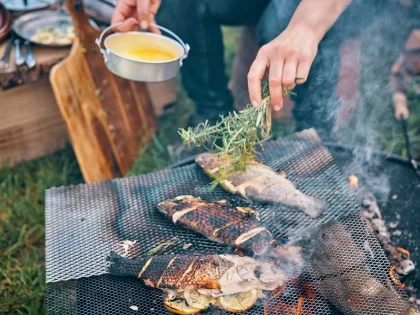
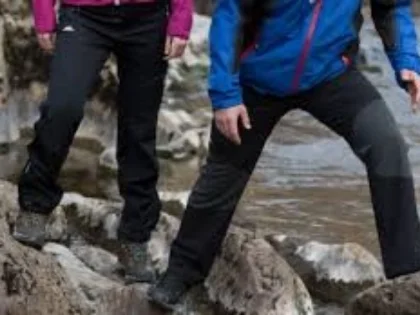
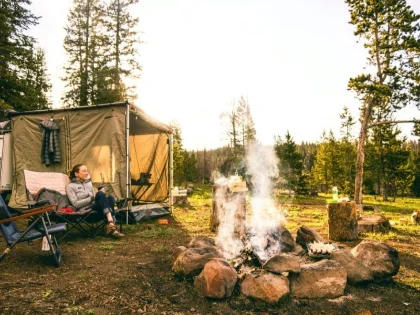
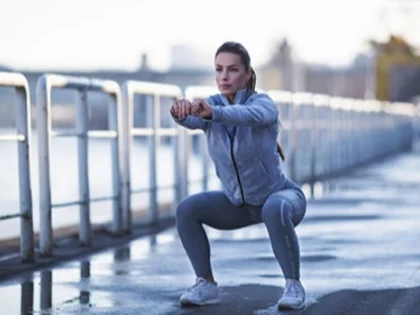
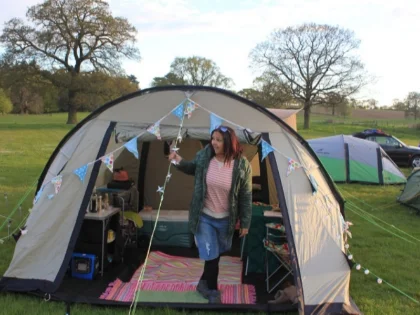
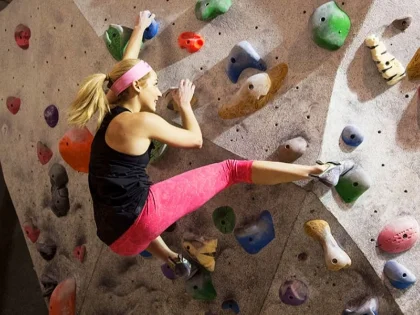


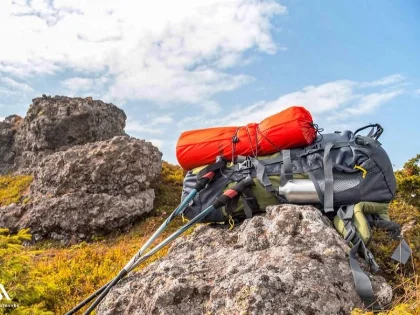
Comments
Leave a Comment
Your email address will not be published. Required fields are marked *